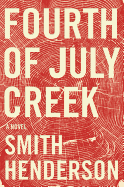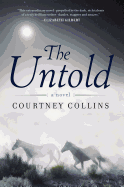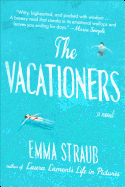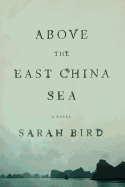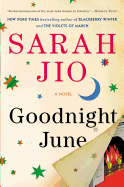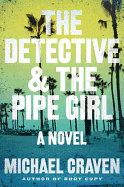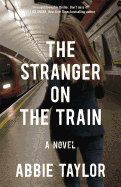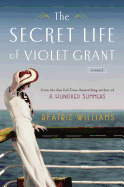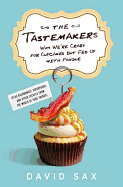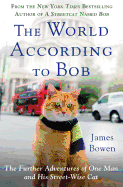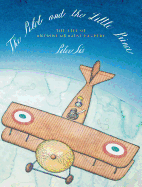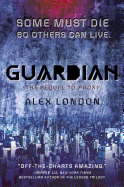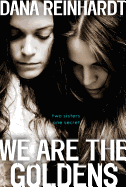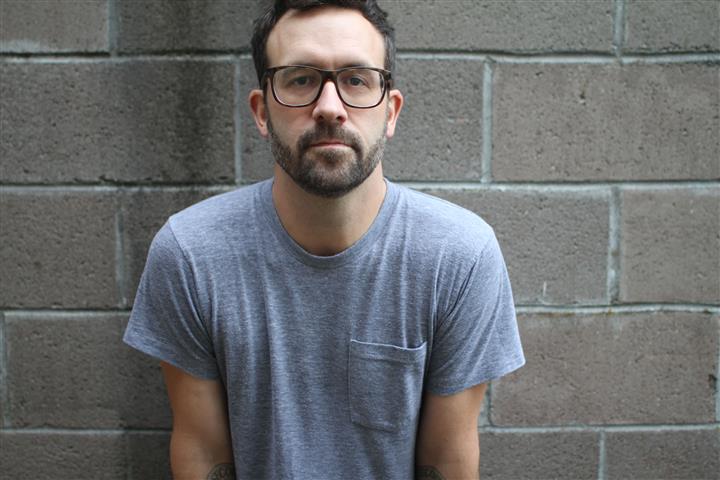 |
| photo: Rebecca Calavan |
Smith Henderson received the 2011 PEN Emerging Writers Award and was a Flannery O'Connor Award finalist for his story collection Treasure State. He currently works at the advertising agency Wieden + Kennedy, where he contributed to the Emmy-nominated Super Bowl XLVI commercial "Halftime in America." His story "Number Stations" won a Pushcart Prize, and his work has appeared in American Short Fiction, One Story and the New Orleans Review. Born and raised in Montana, Henderson now lives in Portland, Ore. Fourth of July Creek (just published by Ecco; see our review below) is his first novel.
Considering that it is your first novel, I was surprised by the vastness and epic quality of Fourth of July Creek. Much of this "vastness" has to do with the landscape you chose--the remote wilderness of Montana, its pristine pureness contrasting against the flaws of your characters. Did you intend for the landscape to play such a prominent a role in the action?
The landscape in Montana is indeed epic and beautiful, except in the places spoiled by pine beetle or cyanidation (a gold-mining technique). I feel obliged to mention that it can be ruined by poor stewardship like any other place on Earth--but yes, much of it is still quite wild. When I decided to set the story there, it was simply a necessity that the landscape be a crucial component of the story.
But it wasn't an overt intention to contrast the wilderness with the characters in some ethical way. As a writer, I never feel like it's my job to judge my characters or place them in front of a pristine backdrop so one might more easily see their flaws. I love those characters. I root for them. Sometimes against those beautiful elements, even.
The events in the book have an immediacy and stark realism. Much is centered on outcasts alienated from society. How much of what you write about--the alcoholic but well-meaning social worker Pete Snow, the sexually abused delinquent Cecil and Pete's runaway daughter, Rachel--are direct experiences you've had?
Over the years, I've worked in social services and prisons and shelters, so I've had a lot of exposure to people in pretty dire circumstances. And then there's always one's own socio-economic background and geography and upbringing and spiritual life... but I never drew on specific individuals for my work. The best part of being a novelist is you're drawing a picture based on your instincts for a strong narrative, not reporting on direct experiences.
Honestly, I think memoir is a more fraught endeavor--facts are a pain in the a**. Just ask James Frey.
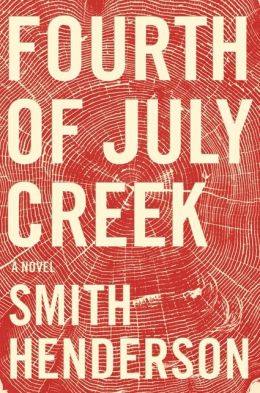 Your primary antagonist, Benjamin Pearl, is ostracized from society because of his controversial Christian beliefs. What role did religion play in your own life, and how did it affect how you decided to portray Pearl and his family?
Your primary antagonist, Benjamin Pearl, is ostracized from society because of his controversial Christian beliefs. What role did religion play in your own life, and how did it affect how you decided to portray Pearl and his family?
I was partially raised (my parents were divorced) in a fairly religious household, and I had experience with the born-again religious revival of the 1980s. It was a strange time. The Soviet Union and the U.S. seemed bent on mutual annihilation. There seemed to be signs and portents of the End Times everywhere. People wondered which famous or powerful person the Antichrist was. It was the Reagan Revolution, when the country really moved to the right.
I was powerfully affected by this worldview, but I also lived in Missoula, which is so liberal that most people say it's "fifteen minutes from Montana"--as though it were some other country.
So growing up, I straddled some serious divisions. Most of my friends were the children of dentists and lawyers and professors who moved west in the '70s, and my family were all cowboys and ranchers and rural sheriffs and such. Religion was just a little piece of the overall weirdness that was my experience growing up.
I probably became a writer because of this. I certainly see this book as working through those perspectives, those differences, heightening them, looking for a greater enlightenment.
Was there any specific person that inspired the character of Benjamin Pearl?
There were lots of inspirations. I drew on Eric Rudolph's story for an idea of how a fugitive would survive in the wilderness despite a federal manhunt. I felt a terrific pang of empathy for the Weaver family and what they went through at Ruby Ridge. I didn't dig too much into Ted Kaczynski or Timothy McVeigh, mostly because they're evil bastards and I felt instinctively, perhaps irrationally, that their biographies would be poisonous in some way. Instead I turned to the character of Jesus from The Last Temptation of Christ and Emerson and Nietzsche to find Pearl's voice and tortured sense of himself as somehow being this Figure of Historical Importance. I needed to believe in his struggle, the profound chosenness he felt, the burden of being elect.
Although the events take place in the 1970s and 1980s, there is timelessness to them--alcoholism, drug abuse, prostitution, abuse--and much of the story can fit into today's headlines.
It's hard not to look at the totality of human behavior and feel like we are broken, fallen, born in sin. We are so cruel to one another. The fact that you say the story would be in the headlines today doesn't lead me to believe we are, on balance, getting better.
But that's what we see through the media, through anecdote. It's our nature to talk about all the things that are wrong to the exclusion of what is good in us... and I think that's because we are constantly taking care of one another, without realizing it. I really believe much more in our inherent goodness. We're biologically engineered to cooperate and empathize as much as we are to compete. Given how depraved the headlines make us seem, it would seem we should be in complete anarchy. But we aren't. Somehow our humanity holds the line.
Fourth of July Creek could be considered a pretty bleak novel of flawed characters trying to deal with what life has thrown at them. I see a recurring motif in your stories and film works, including the "Halftime in America" ad narrated by Clint Eastwood, with the list of problems Americans have struggled to overcome. Why are you so attracted to these struggles of the "working man?"
Well, I think that the "bleakness" is just frankness. Most working-class people can tell when they're being fed a line of bull. People would rather get the truth than the fairy tale.
Do you envision a happily-ever-after for Pete, Luke, Rachel and Benjamin?
Happy endings and fairy tales are like Fruit Stripe gum to me--they're delicious for about 15 seconds.
Here's what "happily ever after" means to me--it means I'm worried. It means I've invested in a story and I want to know that the people I've come to care about are going to be okay. I understand that feeling as a reader. I still worry about Molly and Leopold Bloom. Or the Stamper clan. God, I wonder how Suttree is doing.
Which novelists have inspired your writing the most? And whose books do you currently have on your reading bookshelf?
The q&a sections were inspired by the penultimate chapter of Joyce's Ulysses of course, but they function a bit more like a Greek chorus, so I think I must've been influenced by the tragedies I read as undergrad. Ken Kesey and Raymond Carver gave me the idea that the Northwest had an identity and that I could write about it, but it wasn't until I read Flannery O'Connor and Eudora Welty and then finally Faulkner that I understood that the Southern gothic was kind of my thing. Northern gothic. "Grit lit" is what people call it now, maybe. I read Tolstoy and Flaubert for grandness of scale. I read Cormac McCarthy for landscape. I read James Dickey and Toni Morrison and just scores of others for inspiration of various kinds.
Right now I'm re-reading James Dickey's Deliverance and Matthew Dickman's poetry.
What's next on your list of projects?
I'm collaborating on a couple of things--working with Philipp Meyer and others to adapt The Son for television, significantly--I usually have several projects going at once.
I want to write about vigilantes in the early days of the Montana Territory. I have a lot of research to do on that.
I also had an epiphany this week that two or three of my short stories are probably threads in the same novel, which is funny, as this is years after I wrote them. But I guess I shouldn't be surprised--it took me two years to realize that the book I was writing about a social worker and the other book about the crazy guy living in the woods were Fourth of July Creek. --Nancy Powell, freelance writer and technical consultant
Smith Henderson: Grit Lit
 He once faked reading Moby Dick: "Tried to read it three times. Only when I discovered how wickedly subversive, pornographically funny and deeply demented it is, did I realise it was my book for life. Until then, I just lied about it.... The power of reading it in New England and seeing whales in the wild for the first time turned me into a whalehead--or 'whale stalker,' as John Waters accused me. He also took one look at my whale photos and said, 'That's just whale porn.' "
He once faked reading Moby Dick: "Tried to read it three times. Only when I discovered how wickedly subversive, pornographically funny and deeply demented it is, did I realise it was my book for life. Until then, I just lied about it.... The power of reading it in New England and seeing whales in the wild for the first time turned me into a whalehead--or 'whale stalker,' as John Waters accused me. He also took one look at my whale photos and said, 'That's just whale porn.' "



 Your primary antagonist, Benjamin Pearl, is ostracized from society because of his controversial Christian beliefs. What role did religion play in your own life, and how did it affect how you decided to portray Pearl and his family?
Your primary antagonist, Benjamin Pearl, is ostracized from society because of his controversial Christian beliefs. What role did religion play in your own life, and how did it affect how you decided to portray Pearl and his family?